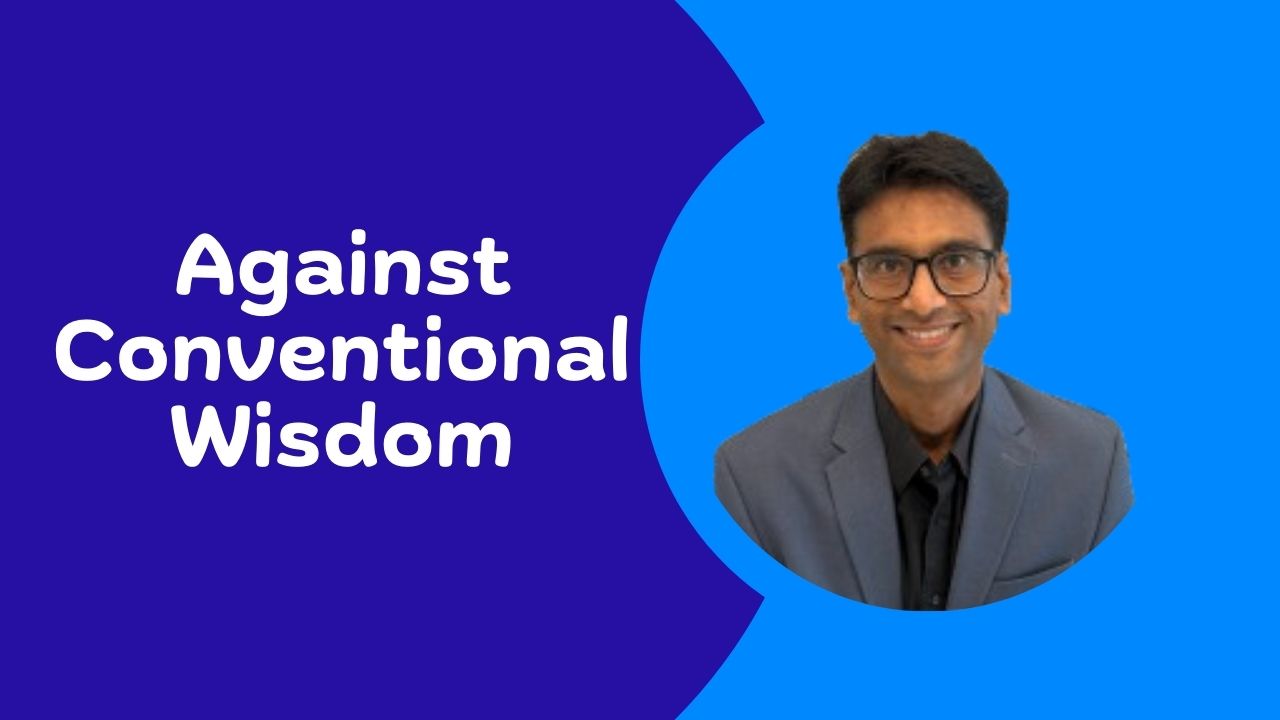
Most people who talk about leadership (including me) talk about it as if leading is the same across situations and contexts. However, in reality it is not.
Leading an organisation or a team in a stable environment is very different from leading the same time in a dynamic, ever changing environment. Leading the same team to drive innovation is very different from the other two. Leading the same team in a hyper-growth environment is very different.
Apart from a set of skills that are relevant in all environments (empathy, decision making, building trust, good communication, taking care of those in our charge, etc), each one of these situations requires a leader who has a different mindset and a unique skillset that is most suitable to the task at hand.
Leading in Stable environment
Leading in a stable environment requires us to focus on identifying potential areas of improvement so that we can drive up efficiencies within the organisation. This also requires us to lay down policies and processes that can improve overall efficiencies.
Leading in Dynamic environment
Leading in a dynamic environment requires us to focus on the change. We also need to be good at separating noise from signals. The primary skillsets that come to the forefront are sense making, quick decision making and the ability to align everyone and move together.
Leading for Innovation
Leading for innovation requires us to be good at defining the problem statement and create an environment where creative ideas can flow. The primary skillsets that come to the forefront are facilitating, conflict management and a bias to promote creative ideas. We also need to know when it is time to take the innovation to market or deploy it.
Leading for Hyper-Growth
Leading for hyper growth requires us to be good at identifying opportunities and the ability to scale really fast. The primary skillsets that play a big part are the ability to sense opportunity, hire good people quickly and be comfortable with creating and changing systems as we go along.
Leading for survival
Leading for survival requires us to be ruthless at cutting costs and wasted resources. The primary skillsets here are the ability to identify and hyper focus on the most important things and at the same time look for opportunities to invest in.
Conclusion
The objective that we are leading towards has a big impact on the kind of leaders we want leading the organisation or the team. Not all leaders are suitable for all these contexts. Few leaders can adapt to the situation and thrive in all of them. They are worth their weight in gold.
As leaders , we need to strive to become one such leader. Until then we would be best advised to figure out what kind of situations bring the best out of us and gravitate towards those contexts. This will not only help us be effective but also bring success to the teams we lead.


